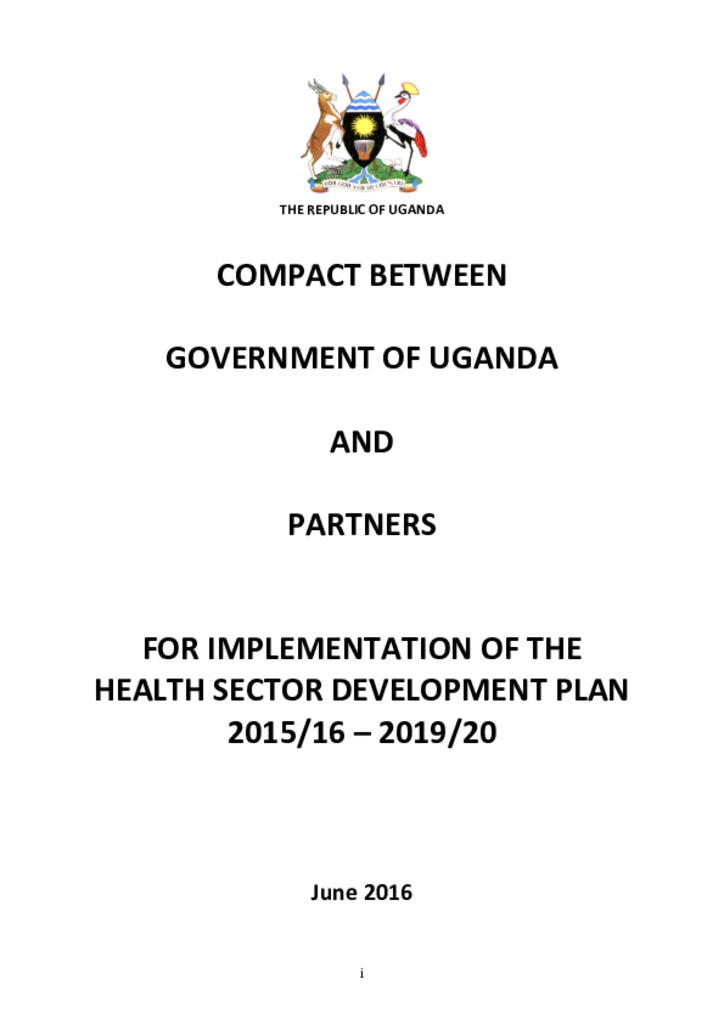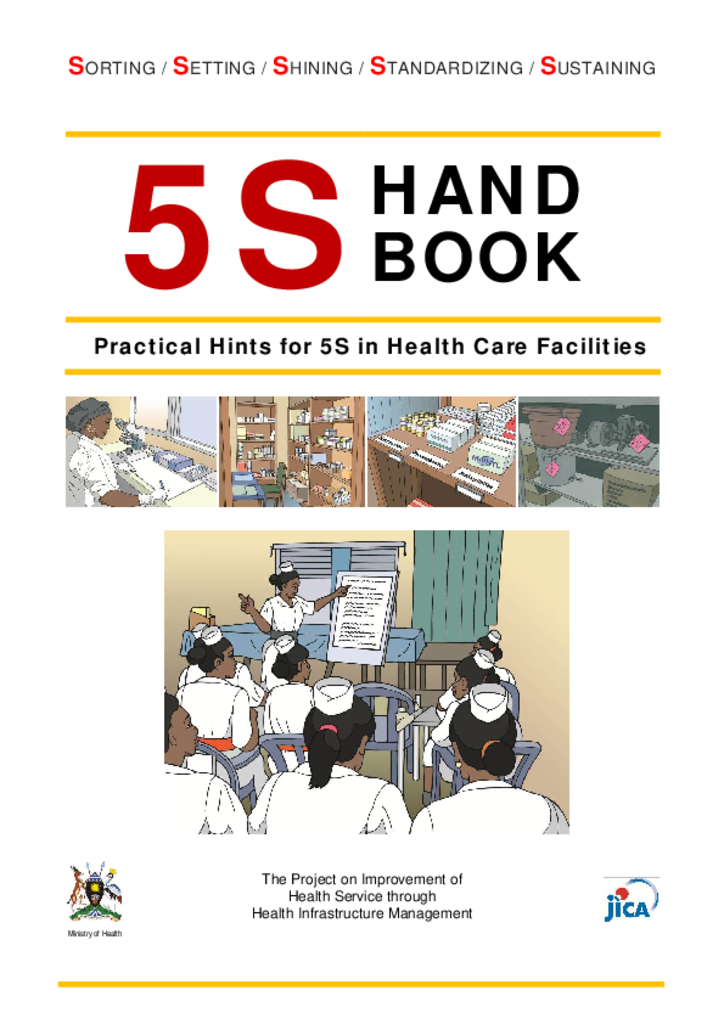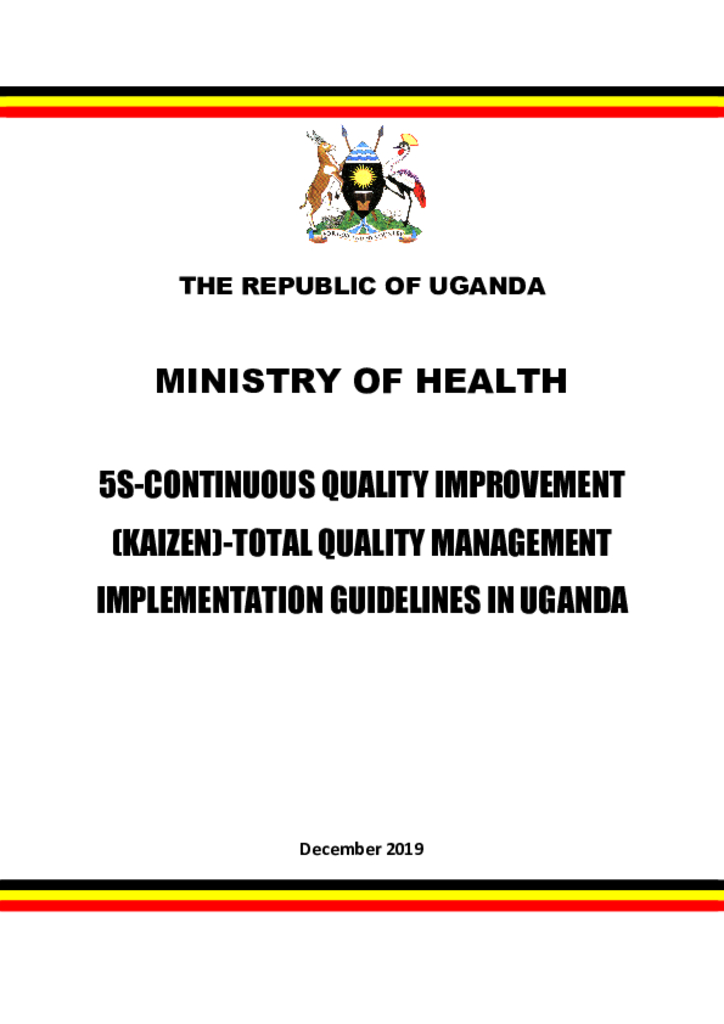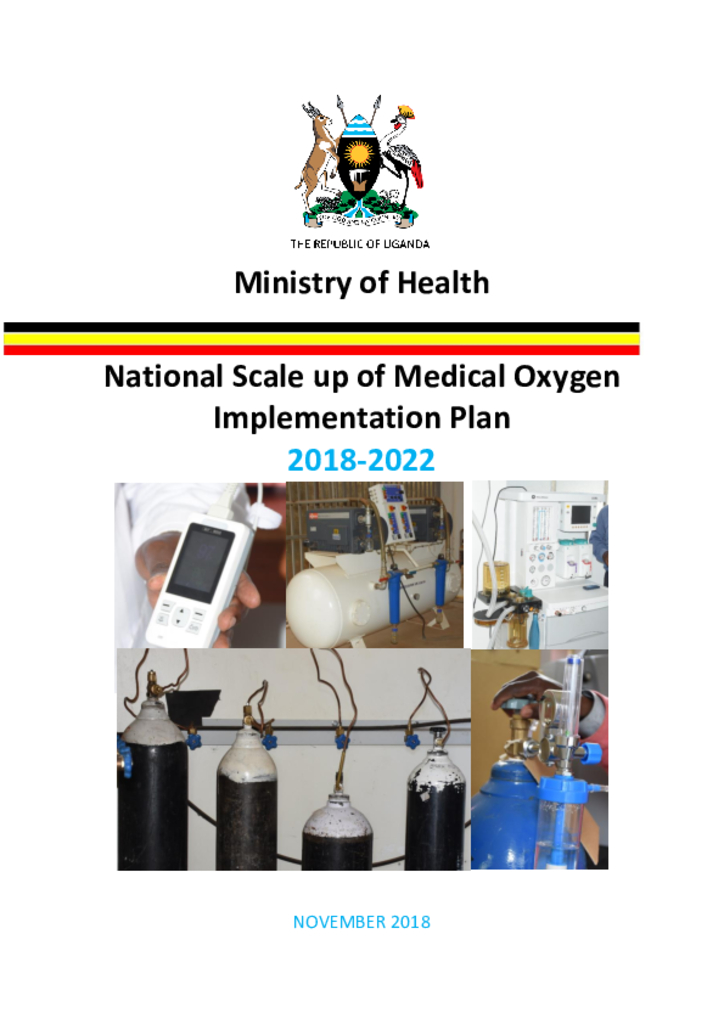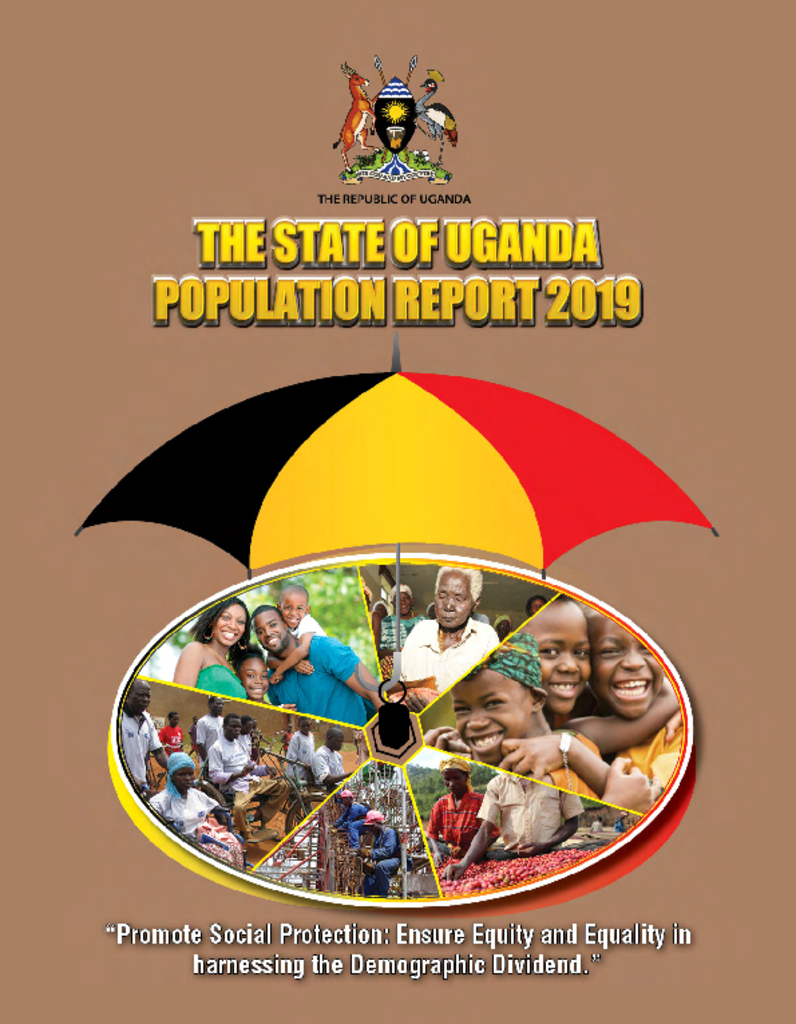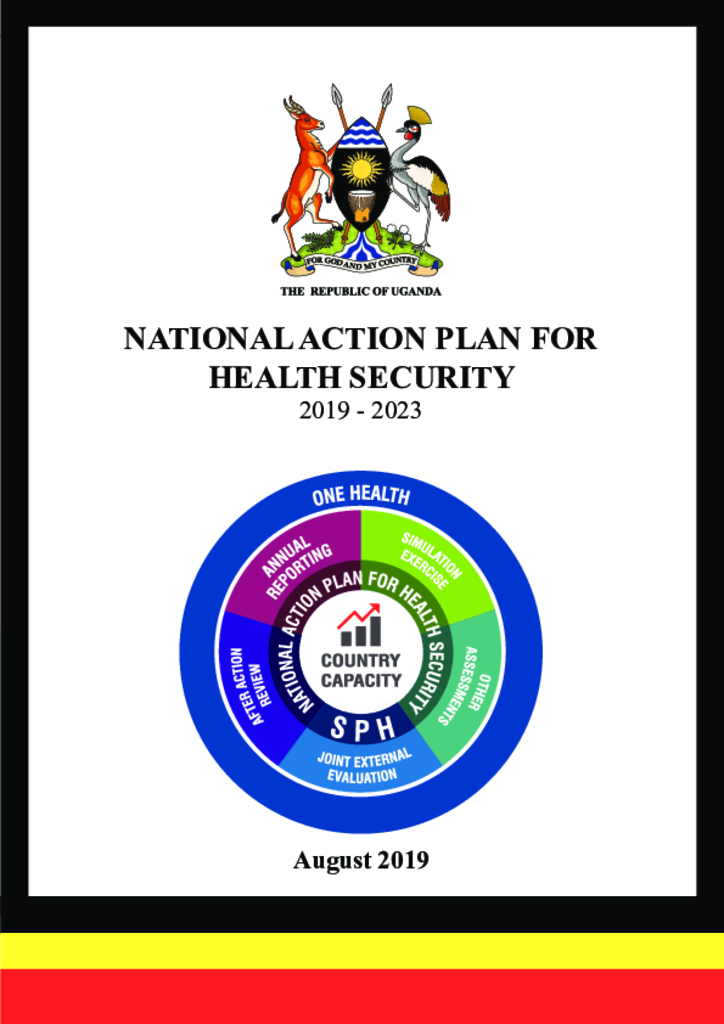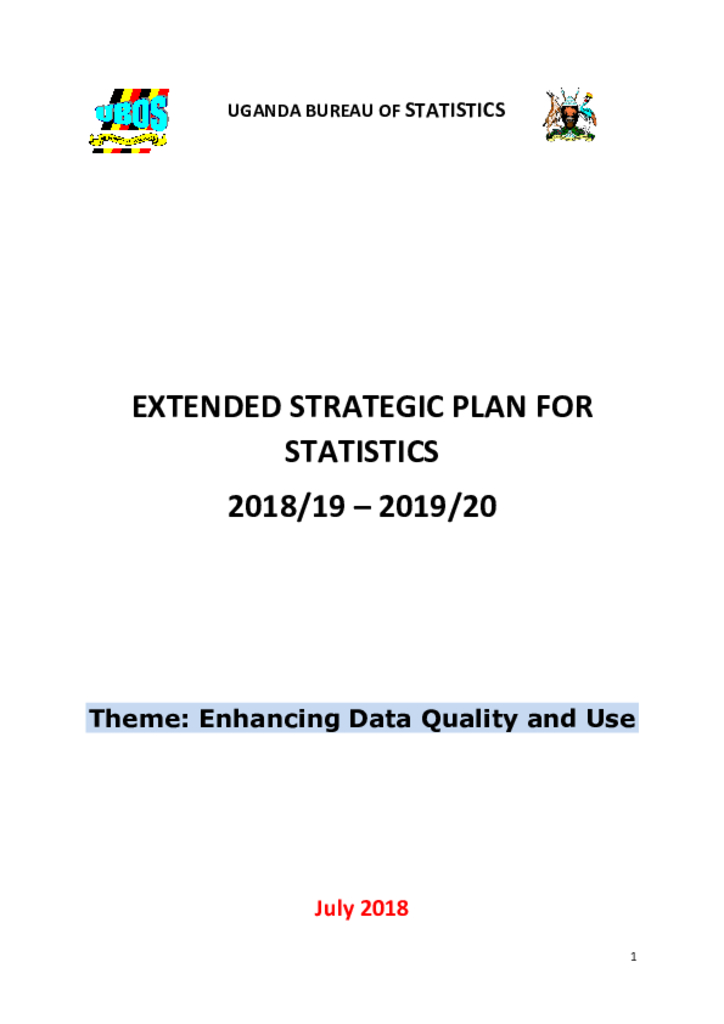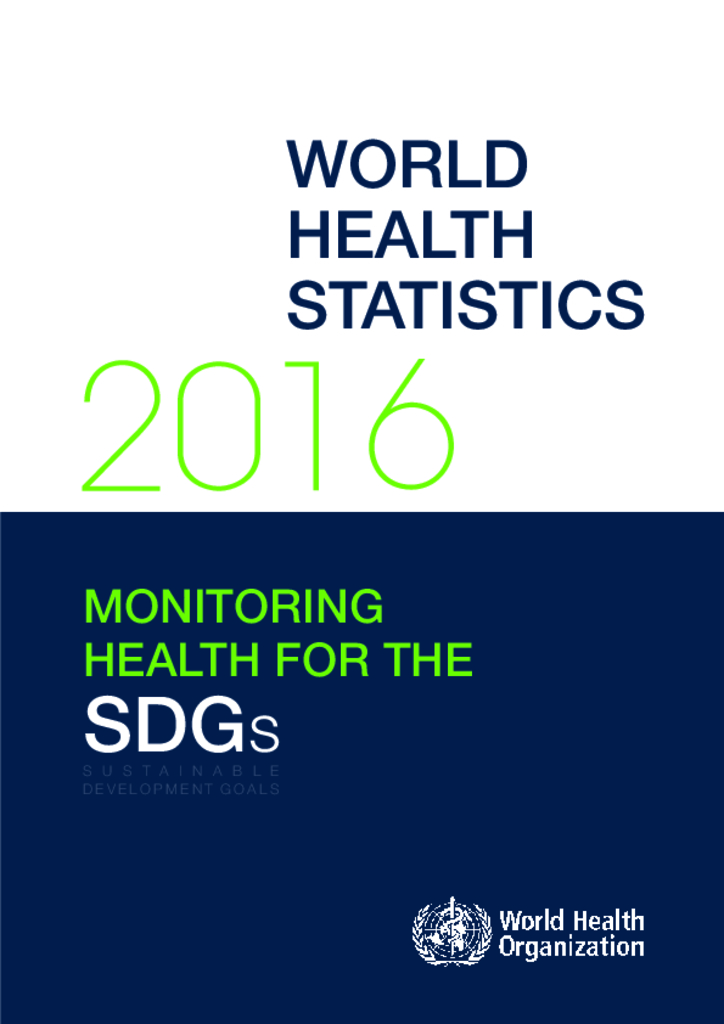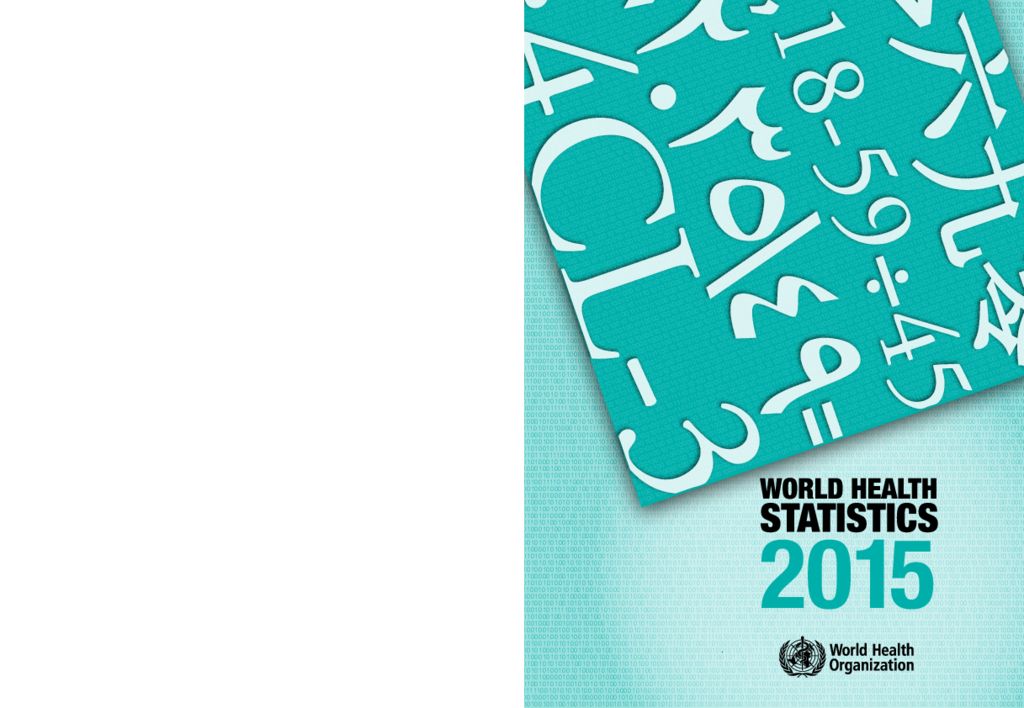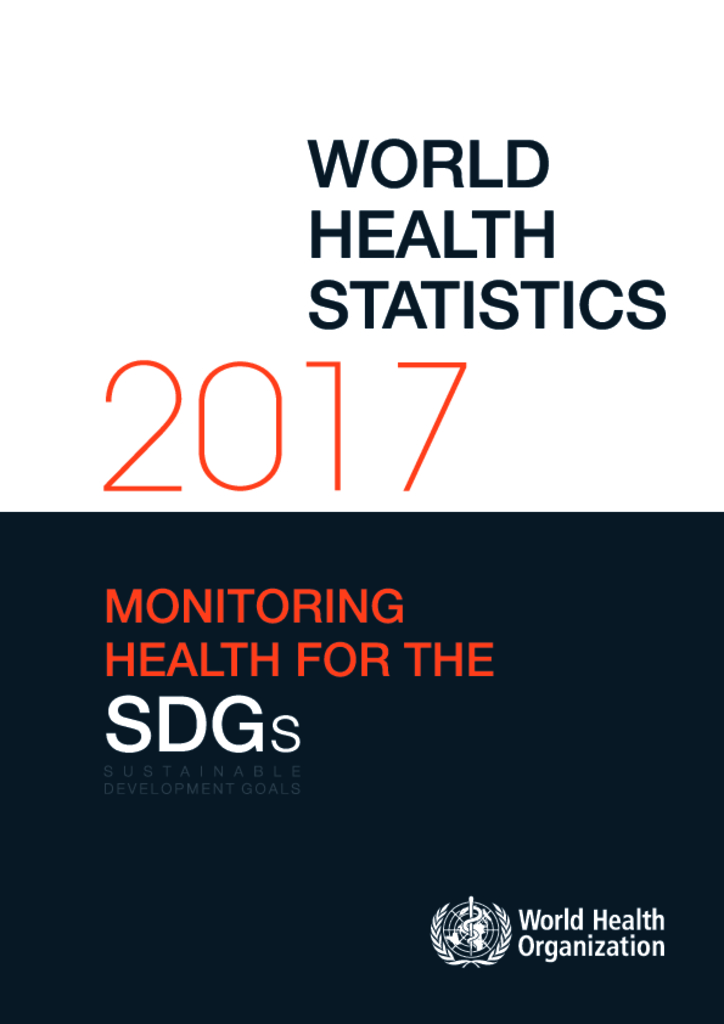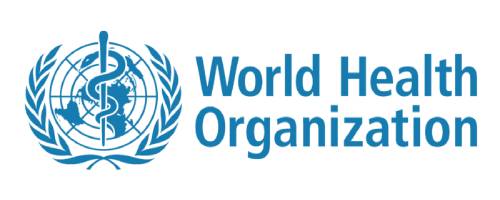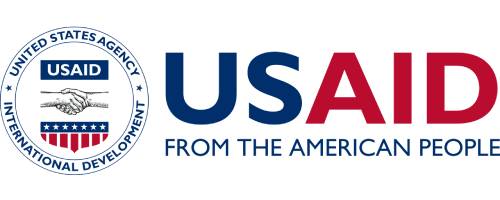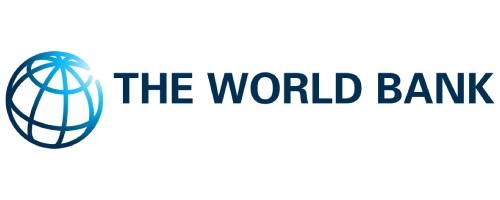This is a Compact between the Government of Uganda (GoU) and its partners in the health sector for the purpose of maintaining policy dialogue, promoting joint planning, and effective implementation and monitoring of the Health Sector Development Plan (HSDP) 2015/16 - 2019/20. The partners include Health Development Partners (HDPs), Private-Not-For-Profit Organizations (PNFP), the Private Health Practitioners (PHP) and Civil Society Organisations (CSO) and are collectively referred to as Health Sector Partners.
In order to set the best stage for health care personnel to make maximum use of their skills and knowledge, the Ministry of Health of Uganda (MoH) recommends the 5S method as the foundation for all quality improvement initiatives in the country. The 5S method was developed in the mid-1980s by the automobile industry in Japan. 5S is a sequence of activities which include:- Sort- Set- Shine- Standardize- Sustain to improve the work environment and working conditions and make them as convenient as possible, and thereby improve with regards to preparedness, standardization and timeliness
The Ministry of Health (MoH) working together with the other key stakeholders considers 5S-Continuous Quality Improvement(CQI or KAIZEN)-Total Quality Management (TQM) approach as the foundation of all health care service interventions in the country as outlined in the Health Sector Quality Improvement Framework and Strategic Plan 2015/16-2019/20. To facilitate operationalisation of the framework in the health sector, MoH developed the 5S Guidelines in 2013.
The National medical oxygen scale up implementation plan articulates a holistic approach to improving demand and supply of medical oxygen in Uganda. Specifically, the plan aims to put in place coherent and harmonized implementation of key interventions to achieve an optimal medical oxygen supply model. This will be done by leveraging various programs for which medical oxygen is a key therapeutic element.
The development of the 2019 State of Uganda Population Report was a result of a series of stakeholder consultative and editorial committee meetings under the leadership of National Population Council (NPC). National Population Council recognizes the important inputs of all the stakeholders and members of the editorial committee for committing their valuable time and contributing ideas that lead to the production of the 19th edition of the State of Uganda Population Report.
SARA Identifies at the percentage of facilities that offer a particular health intervention (service availability) as well as whether facilities offering the service have the minimum set of items (equipment, trained staff and guidelines, diagnostic capacity, and medicines) in order to provide an adequate level of service (service readiness). Details of the methodology can be found in the end section
The National Action Plan for Health Security (NAPHS) 2023 defines the strategies, actions, and priorities the Government of Uganda will adopt to improve the country’s ability to prevent, detect, and respond to public health emergencies. This plan is the first, full-fledged strategy of its kind in Uganda and adopts a whole-of-government approach to health security by leveraging the strengths of many different ministries, departments, agencies, partners, and funding streams.
The Uganda Bureau of Statistics (UBOS) developed its first Strategic Plan for Statistics (SPS I) in 2006 to cover the period 2006/07 – 2011/12 while the second one (USP II) was developed in 2012 to cover the period 2013/14 – 2017/18. The UBOS SPS II constitutes one of the building blocks of Uganda’s Plan for National Statistical Development (PNSD).
This report brings together the most recent data on the proposed health and selected health-related SDG indicators – to assess the current situation and describe crucial data gaps. In the current absence of official goal-level indicators, summary measures of health such as (healthy) life expectancy are used to provide a general assessment of the situation. As universal health coverage (UHC) is a central concern, statistics are presented on a service-coverage index and on measures of financial protection using the WHO/World Bank UHC monitoring framework
World Health Statistics 2015 has been compiled using publications and databases produced and maintained by WHO technical programmes and regional offices. A number of demographic and socioeconomic statistics have also been derived from data produced and maintained by a range of national and international organizations.
World Health Statistics 2017 focuses on the health and health-related Sustainable Development Goals (SDGs) and associated targets by bringing together data on a wide range of relevant SDG indicators. In some cases, as indicator definitions are being refined and baseline data are being collected, proxy indicators are presented. In addition, in the current absence of official goal-level indicators, summary measures of health such as (healthy) life expectancy are used to provide a general assessment of the situation
Development of the Gender Statistics Gender Statistics Profiles is anchored in the Beijing Platform for Action, which underscores the need for gender analysis as one of the critical starting points for Gender Mainstreaming. The main objectives of compiling the Gender Statistics Gender Statistics Profile was to establish the level of awareness of gender issues and concerns within the sector; generate gender responsive indicators for the sector; repackage information to enhance availability and use of Gender Statistics by various stakeholders and build skills of the Gender Focal Persons to generate gender responsive statistics. The profile provides a contemporary overview of gender and development concerns as well as gender differentials in access, participation and use of services in the sector.
